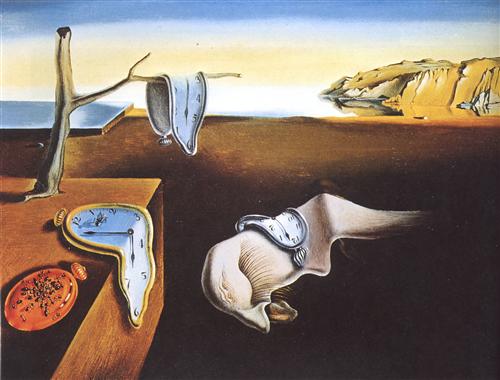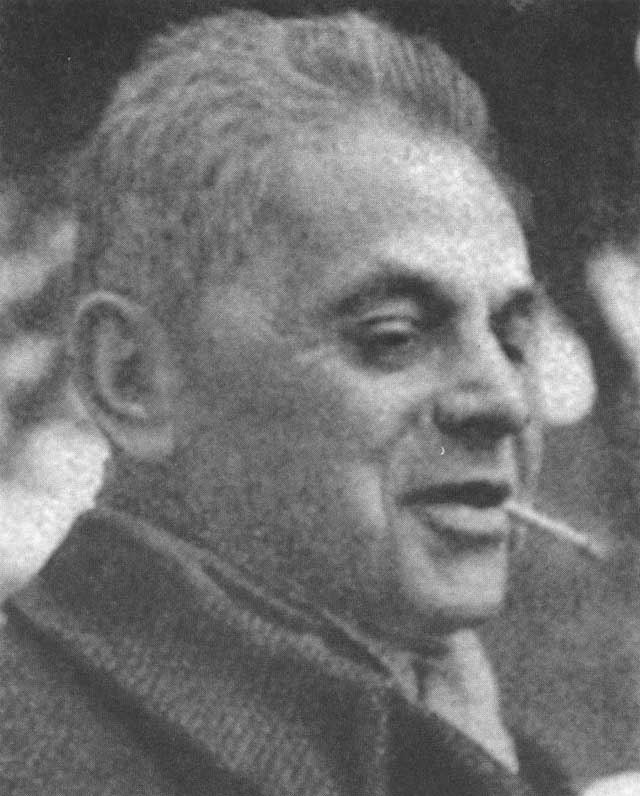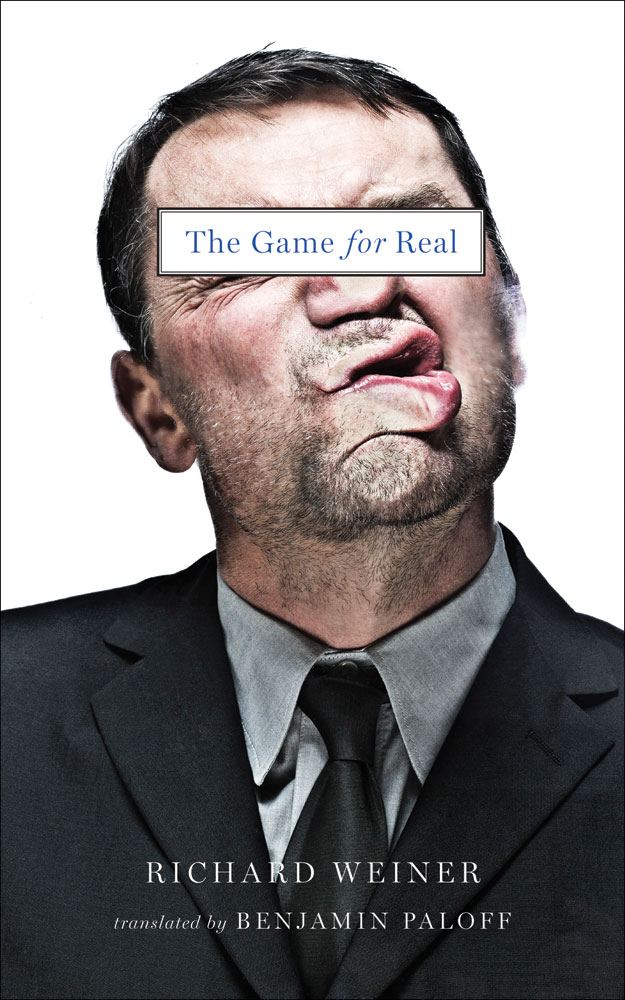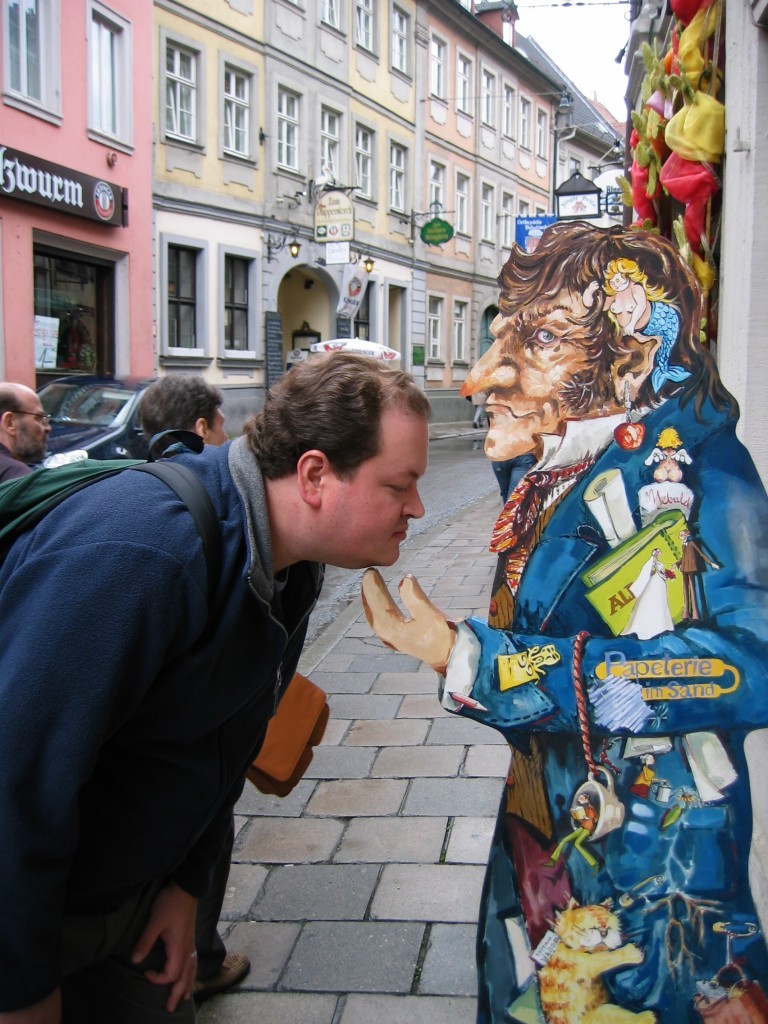The narrator moves through these phantasmagorical settings, a diorama of his mind, with remarkable savoir faire, as if he knows he is in a dream, and instead of being afraid, he is curious; in fact, he states the same: “I was walking through a so-called living dream, a quite truthful reality, and thus, as they say, a zone of truth, where there is nothing with which to deceive oneself . . .” —Frank Richardson
The Game for Real
Richard Weiner
Translated by Benjamin Paloff
Two Lines Press
Paperback, $14.95, 256 pages
ISBN: 978-1931883443
.
Richard Weiner was one of Modernism’s great outsiders. Born in 1884 in the small Bohemian town of Písek in what is now the Czech Republic, Weiner began his adult life as a chemical engineer, only to abandon it for belles-lettres. In 1912 he moved to Paris and began writing poetry, but made his living writing articles for the Czech newspaper Lidové noviny. And he was Jewish. And he was gay. And then there was his fiction—abstract, surrealist explorations of guilt and shame and fear; metaphysical mysteries that undermined logic and reason, that simultaneously employed and rejected narrative techniques of verisimilitude to create psychological spaces at once disturbing and beautiful. Weiner’s last prose work, Hra doopravdy, now available in English for the first time in Benjamin Paloff’s translation The Game for Real, exemplifies his descent into the subconscious, his attempt to expose those regions of the human psyche most would prefer to keep hidden and locked away.
Completed in 1933, The Game for Real arrived at the apex of Modernism, into a world still reeling from the Great War—a war into which he was drafted. When he returned to Paris, in quick succession he published three volumes of short stories including Lítice (Furies), one of the first books in Czech about World War I. By the late twenties Weiner had become close friends with a splinter group of surrealists (including René Daumal, Roger Vailland, and Roger Gilbert-Lecomte) who called themselves Le Grand Jeu (The Big Game), and in 1929 he published Lazebník (The Barber), subtitled “A Poetics,” a collection of stories prefaced by a long lyrical essay. It had been a heady decade for fiction with the publication of Virginia Woolf’s Mrs. Dalloway, To the Lighthouse, and Orlando; James Joyce’s Ulysses; William Faulkner’s The Sound and the Fury; and from Weiner’s homeland, Karel Čapek’s play R. U. R., Jaroslav Hašek’s The Good Soldier Švejk, and Franz Kafka’s The Trial and The Castle. Weiner’s experimental, psychological fictions are products of their times, poetic stream of consciousness investigations inspired by surrealism, organized not according to plot or character, but through theme and imagery.
Benjamin Paloff describes The Game for Real as a “novel-in-two-novellas” and as “thematically intertwined detective stories,” and perhaps this latter description should suffice over conventional genre labels. In fact, depending on whom you read, The Game for Real will be described as a novel, or a collection of two novellas, or a novel and a novella. Semantic debates aside, The Game for Real contains two long fictional works—the first, The Game of Quartering, is 100 pages long; the second, The Game for the Honor of Payback, is 180 pages long. Each can stand alone; however, the stories share themes and images that suggest a unified novel, although whether they share a single protagonist is, finally, unclear. That the book’s unity is questionable is only the beginning of the mystery, and presenting the nominal plot of each is an exercise in hilarious futility; nevertheless, Weiner’s surrealism isn’t automatic writing, the book is carefully constructed, and there is method in his presentation of madness.
.
The Puppet Theater
The Game of Quartering opens simply enough, it is after midnight on a Paris Métro train and the first-person narrator, initially alone, describes a man boarding at La Trinité. The narrator, a middle-aged bachelor and self-described “hack,” is on his way home from the theater. He doesn’t know the stranger, but feels like he’s being followed, and when he disembarks, the stranger follows him to his apartment where another stranger, a woman, waits by the door. He knows, intuitively, they are from the “same team,” and the strangers follow him past the concierge’s door to his apartment where they flank him as he slots his key and turns the lock. The narrator presents his tale in the past tense from some notional present, though no indication of a date is given, and the events he describes could have taken place days, weeks, even years in the past.
Although not designated by chapter breaks—there are only occasional double line breaks—the story consists of four episodes that together complete a circular timeline, i.e. it ends at the beginning in a manner reminiscent of Julio Cortázar’s short story “Continuity of Parks.” The second episode begins when the narrator enters his apartment and his observers are transplanted from the hall to inside the apartment. They don’t follow, they are just present. Weiner often uses such sudden transpositions, a dream-effect with characters appearing and disappearing. The male stranger is afraid, cowering and mute; the female stranger is doll-like, her neck jointed. Struggling to make sense of his visitors, the narrator speculates that they are manifestations of himself:
Who knows, maybe that’s just the sort of horror that makes us sweat whenever, out of nowhere, we’ve run into ourselves, as I did today when I ran into my apartment; who knows, maybe there is constantly residing within us this sort of unexpected eternal visitation . . . (28) [Weiner’s italics]
And so we speculate with him—are these strange characters figments of his imagination, personifications of alternate selves residing within his psyche? Weiner doesn’t let us off so easily. The features of the strangers begin to merge into a combined likeness, prompting the narrator to examine why he was so late coming home, and the narrative begins its third and longest episode.
Earlier in the evening he arrived at a tavern where he finds his friend Fuld arguing with Mutig (German for “courage”) over their mutual acquaintance Giggles, who observes silently. The characters are in profile, like shadow puppets behind a scrim. The narrative shifts between the protagonist’s speculations and the overheard conversation of Fuld, Mutig, and Giggles, much of which is presented in the style of a stage script (a nice touch since it reinforces the idea that we are watching a play, something false, a fiction, probably a dream). Lights go up and down and the stage set—and he uses the word “stage” to describe the scene—changes many times.
In this section, more than any other, the dream-like qualities of Weiner’s narrative technique are apparent. People and objects appear from nowhere and disappear as quickly. Memory blends with reality (assuming anything is real). Locations morph from the streets of Paris into gardens into aquatic landscapes stretching to infinity. It is a world of “impressions” and “projections”—a world where an entire scene takes place inside the chest cavity of a “blackamoor.” The narrator moves through these phantasmagorical settings, a diorama of his mind, with remarkable savoir faire, as if he knows he is in a dream, and instead of being afraid, he is curious; in fact, he states the same: “I was walking through a so-called living dream, a quite truthful reality, and thus, as they say, a zone of truth, where there is nothing with which to deceive oneself . . .” (84).
The last episode begins when the narrator finds himself where he began, in the Métro. He designs an experiment to test whether or not he is in a dream, but when the result indicates he is awake, he discounts it, and his final conclusion—before he plunges back into dissociative meandering—is “who knows?” for “certainty is only a word.”
.
The Outsider
In The Game of Quartering we follow an unnamed protagonist down the rabbit hole of his own mind. The Game for the Honor of Payback also features an unnamed protagonist, but his story is presented by a first-person omniscient narrator. Or is it? One of the mysteries of this tale is whether the first-person narrator and the protagonist are the same; furthermore, whether this narrator is the same as the narrator of The Game of Quartering.
The story begins with a dream, a nightmare to satisfy any appetite for existential imagery. When the dreamer awakens, he is described as an “isolated” person, a “nameless” person, a man whose name is “Shame.” The man is alone in his rented room at the Benedictine Mill Inn. The events of the previous day play through inchoate thoughts, and Weiner’s circumlocutions capture the man’s drowsy, dreamy world, his tenuous grip on reality, his psychological agitation, and his anxiety. Here, he regards his reflection in the mirror, a reflection that assumes its own identity:
He saw someone who was unwelcome; he was, however, expectedly unwelcome. A foreigner. He sized him up with tepid animosity; he judged him with gestures and facial expressions. That one there performed them with him: both of them ironic, but with an irony so unsuspiciously innocent that it was disarming. A hand, sullen with a sullenness that lacked substance, ran across ashen stubble; squeamish fingers unearthed the degrading vegetation of the sparse, coarse hairs sprouting all the way up to right beneath his eyes, and the irritated flash in his eyes reproached them for this meddlesomeness . . . . He scowled at him, and the little person paid it back to him so faithfully that neither of them dared pull his eyes away: for they hated each other . . . (120-121)
Riddled with enough self-loathing to warrant comparisons to Dostoevsky’s Raskolnikov, the man sees himself as an outsider, a foreigner—a prominent theme in The Game for the Honor of Payback. We learn of his actions the previous day, his altercation with the affluent Mr. and Mrs. Steel, and the nucleating event of the plot: the theft of Mrs. Steel’s bracelet. Everyone in the inn assumes the nameless man is the thief, and he is eventually expelled. The narrative, like a rock skipping across a pond, alternates between long stretches of third-person narration of the man’s internal world and brief dips into dramatic real time.
Weiner continues to explore the outsider theme through a homosexual encounter the man has while spending two days in a neighboring town (before continuing to Paris). Throughout both tales Weiner’s imagistic narration adds to the surreal nature of the story. In this excerpt, the protagonist watches as a young man, “fleeing from Sodom,” approaches:
He was encouraging this rottenly ripening beauty with a harvest of smiles that feigned indifference and fished around for someone to whom they might hungrily appeal; he was disdaining it with a lattice of long, groomed, pasted eyelashes that denied the presence of lust no differently than a valet who’s been slapped around denies the presence of the master with a guilty conscience. . . . but when the other fellow spotted him, he flared his nostrils, already just as much on the scent, but till then indecisive. But now they were certain, and from beneath the shadowy eye sockets an unabashed, masterfully aimed harpoon had been hurled; it sank into the pupils of the seated man. Its thrower was drawing near; the rope with the barbed hook was being reeled in . . . (186-187)
Nathalie Sarraute used similar imagistic detail in her novel The Planetarium (1959) to slow the narrative rhythm and represent consciousness metaphorically{{1}}[[1]]Cohn, Dorrit. Transparent Minds: Narrative Modes for Presenting Consciousness in Fiction. Princeton: Princeton UP, 1978. Print.[[1]]. Weiner’s poetic imagery extends to characterizing the nameless man’s specific emotions. For example, while on the train to Paris, the man obsesses over his unhappiness, an unhappiness that is “self-sacrificing,” “inscrutable,” that “answers for mistakes and blunders,” is a “screen,” a “sacrificial lamb,” the “confessor with absolution”; his unhappiness is “broody, but not dismayed; poor, but tidy; weak, yet not cowardly” (218-219).
*
In his Manifeste du surréalisme, André Breton defined surrealistic writing as “automatism . . . in the absence of any control exercised by reason, exempt from any aesthetic or moral concern.” Contrary to this definition, Weiner’s The Game for Real displays a carefully crafted narrative with clear concern for aesthetics. Like contemporaneous painter Salvador Dalí, Weiner used the techniques of realism to create a symbolic effect.
 Salvador Dalí, The Persistence of Memory, 1931
Salvador Dalí, The Persistence of Memory, 1931
In this strange and compelling novel—or however it is defined—the settings and characters morph and blend in a constantly shifting phantasmagoria of existential angst. True to their surrealist heritage, these stories undermine reality and the self-assurance of a scientific world that made the First World War possible. Weiner, who had already rejected science for poetry, rebelled into the surreal and produced one of Modernism’s true gems, and, ironically, through his creation he gave us a view of the world that has rarely looked so honest, so human, so real.
—Frank Richarson
Frank Richardson lives in Houston and is pursuing his MFA in Fiction at Vermont College of Fine Arts. His poetry has appeared in Black Heart Magazine, The Montucky Review, and Do Not Look At The Sun.



